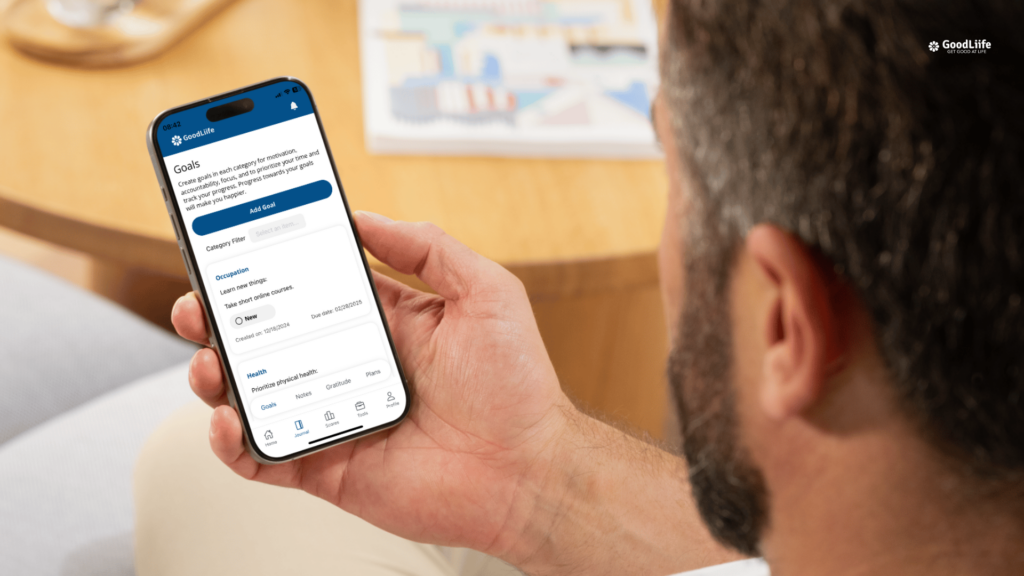Nowadays, it’s easy to get swept up in daily routines without ever stopping to reflect on how well we’re really doing. But if you want to grow, thrive, and take control of your personal development, one of the most powerful tools you can use is a life skills worksheet.
Whether you’re navigating adulthood, making a major life transition, or simply want to check in with yourself, this kind of worksheet gives you structure, insight, and clarity. It helps you assess where you are right now—and where you want to go.
What Is a Life Skills Worksheet?
A life skills worksheet is a practical self-reflection tool that helps you evaluate your strengths and challenges across key life areas. It’s designed to:
- Promote self-awareness
- Track personal growth over time
- Identify gaps in your skillset
- Set focused, achievable goals
- Build confidence in your ability to manage real-life responsibilities
It’s like a personal report card—not to judge yourself, but to guide you forward.
Why Use a Life Skills Worksheet?
Here’s how this simple tool can make a major impact:
✅ Clarity
It breaks your life down into categories, so you can see where you’re doing well and where you might need more attention.
✅ Motivation
Seeing your progress—even in small areas—can give you the push you need to keep going.
✅ Balance
It encourages a holistic approach, making sure you’re not overdeveloped in one area while neglecting another.
✅ Accountability
It helps you track goals and stay honest with yourself over time.

What Life Skills Should You Evaluate?
A good life skills worksheet includes a range of categories that represent the pillars of everyday life. Here are the most important ones to consider:
1. Financial Skills
Budgeting, saving, debt management, financial planning.
2. Career & Work Readiness
Time management, problem-solving, communication, resume building.
3. Health & Wellness
Nutrition, exercise, sleep, stress management, personal hygiene.
4. Emotional Intelligence
Self-awareness, emotional regulation, empathy, resilience.
5. Relationships & Communication
Conflict resolution, boundary-setting, listening, building trust.
6. Daily Living Skills
Cooking, cleaning, home maintenance, scheduling appointments.
7. Self-Management
Goal setting, decision-making, self-discipline, adaptability.
How to Use the Life Skills Worksheet
📝 Step 1: Reflect Honestly
Rate yourself in each life area on a scale of 1 to 10. Be honest—this is for you, not anyone else.
🧭 Step 2: Identify Priorities
Which areas have the lowest scores? Which ones are most important to improve right now?
🎯 Step 3: Set One Small Goal Per Area
No need to overhaul your life overnight. Just focus on one action per category to get started.
📅 Step 4: Revisit Monthly
Growth takes time. Review your worksheet every month and update your scores to see how far you’ve come.
Use the GoodLiife Score for Deeper Insight
If you want to go beyond basic reflection and really understand your overall life balance, try pairing your worksheet with the GoodLiife Score.

What Is the GoodLiife Score?
The GoodLiife Score is a personal wellness tool that helps you assess your life in 7 essential domains:
- Health & Wellness
- Career & Purpose
- Finances
- Mental Well-being
- Relationships
- Joy & Recreation
- Spirituality or Mindfulness
By using both the life skills worksheet and GoodLiife Score, you get a complete picture of your inner and outer life. You’ll not only identify gaps in your skill set but also gain clarity on where to focus your energy for meaningful growth.
Ready to take the next step? 👉🏻 Click here to join GoodLiife Score.
Final Thoughts
Self-improvement doesn’t have to be overwhelming. A simple life skills worksheet gives you structure, insight, and direction. It’s a chance to slow down, reflect, and move forward with purpose.
Remember: your growth is in your hands—and it starts with self-awareness.

Leave a Reply